Country
Crash of a Lockheed L-749 Constellation in Santo Domingo
Date & Time:
Dec 31, 1988
Registration:
HI-422
Survivors:
Yes
MSN:
2667
YOM:
1951
Crew on board:
0
Crew fatalities:
Pax on board:
0
Pax fatalities:
Other fatalities:
Total fatalities:
0
Circumstances:
Was damaged beyond repair following a hard landing at Santo Domingo-Las Américas Airport. There were no casualties. The accident occurred in 1988, exact date unknown.

Crash of a Lockheed L-749A Constellation off Charlotte Amalie: 3 killed
Date & Time:
Oct 26, 1981 at 1824 LT
Registration:
HI-328
Survivors:
Yes
Schedule:
Christiansted - Charlotte Amalie
MSN:
2607
YOM:
1949
Crew on board:
3
Crew fatalities:
Pax on board:
2
Pax fatalities:
Other fatalities:
Total fatalities:
3
Captain / Total hours on type:
988.00
Circumstances:
The four engine airplane was completing a cargo flight from Christiansted to Charlotte Amalie, carrying two passengers and three crew members. While on a night visual approach to runway 09 at Charlotte Amalie-Harry S. Truman Airport, the made a 360° turn to avoid traffic when the airplane lost altitude and crashed into the sea about two miles short of runway threshold. Both passengers were injured while all three crew members were killed.
Probable cause:
Collision with water on final approach after the pilot-in-command misjudged altitude and clearance.
Final Report:

Crash of a Lockheed L-749 Constellation in Rivière-du-Loup
Date & Time:
Jun 21, 1979
Registration:
C-GXKS
Survivors:
Yes
MSN:
2609
YOM:
1949
Crew on board:
4
Crew fatalities:
Pax on board:
0
Pax fatalities:
Other fatalities:
Total fatalities:
0
Circumstances:
While completing a crop spraying mission, the crew encountered technical problems and decided to divert to Rivière-du-Loup Airport for an emergency landing. After touchdown, the airplane was unable to stop within the remaining distance, overran, lost its undercarriage and came to rest few dozen meters further. All four crew members escaped uninjured while the aircraft was damaged beyond repair.
Probable cause:
Failure of the hydraulic system in flight, causing the brakes to be inoperative.
Crash of a Lockheed L-749A Constellation on Mt Tibhirine: 8 killed
Date & Time:
Nov 28, 1969
Registration:
5N-85H
Survivors:
No
Schedule:
Faro – São Tomé – Uli
MSN:
2662
YOM:
1951
Crew on board:
3
Crew fatalities:
Pax on board:
5
Pax fatalities:
Other fatalities:
Total fatalities:
8
Circumstances:
The crew was performing a cargo flight from Faro to Uli with an intermediate stop in São Tomé with ammunition on board. While overflying Morocco by night, the crew encountered engine problems and informed ATC they want to divert to the nearest airport. The aircraft lost altitude then struck the slope of Mt Tibhirine located near the Mt Toubkal, south of Oukaïmeden, in the Atlas range. All SAR operations were suspended after few days as no trace of the aircraft nor the crew was found. In July 1970, the debris were located on the top of the mountain, at an altitude of 3,900 meters. All eight occupants were killed and the aircraft was totally destroyed by impact forces.
Probable cause:
According to the the Biafran government, three of the four engines were out of service at the time of the accident.
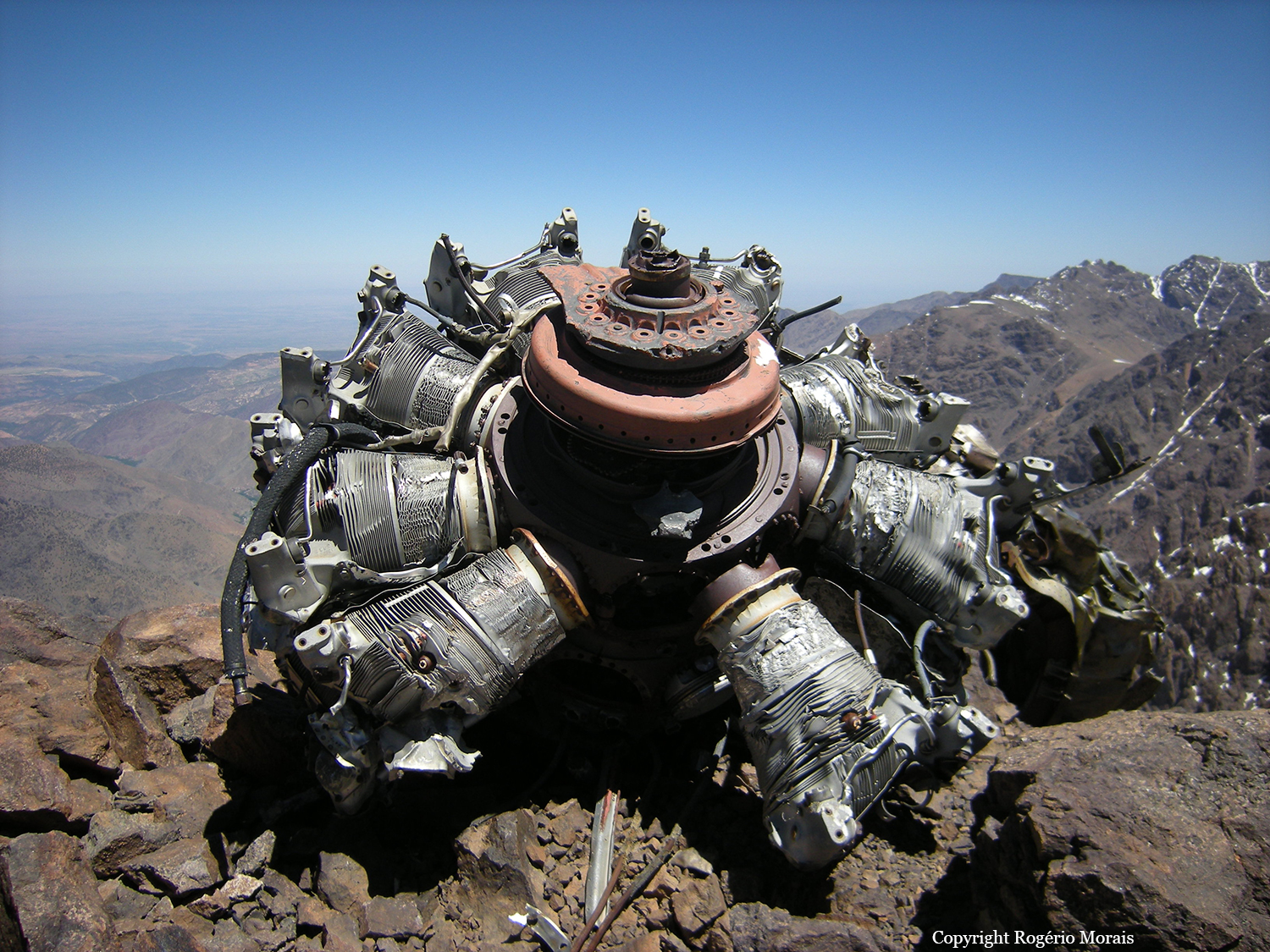
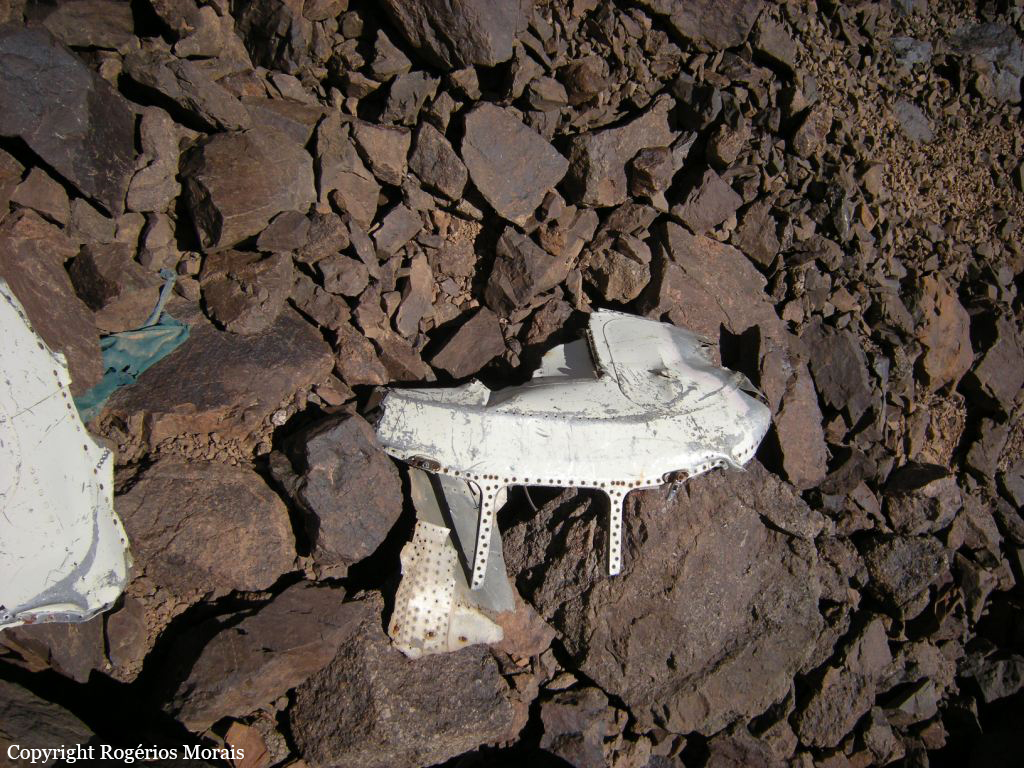
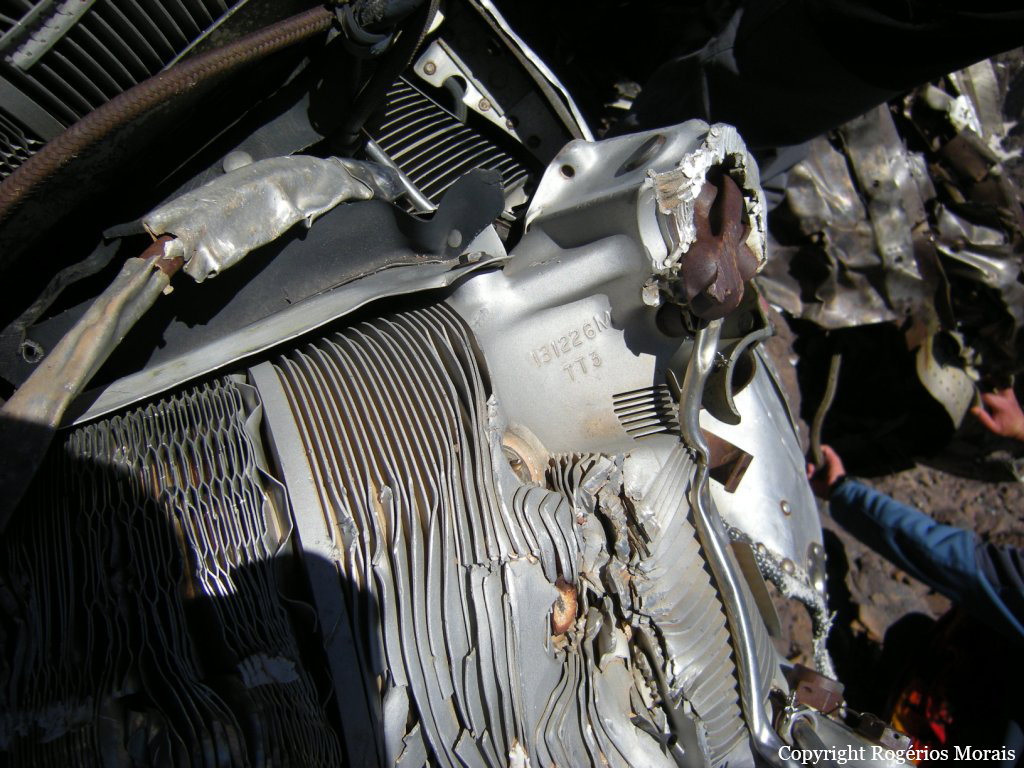
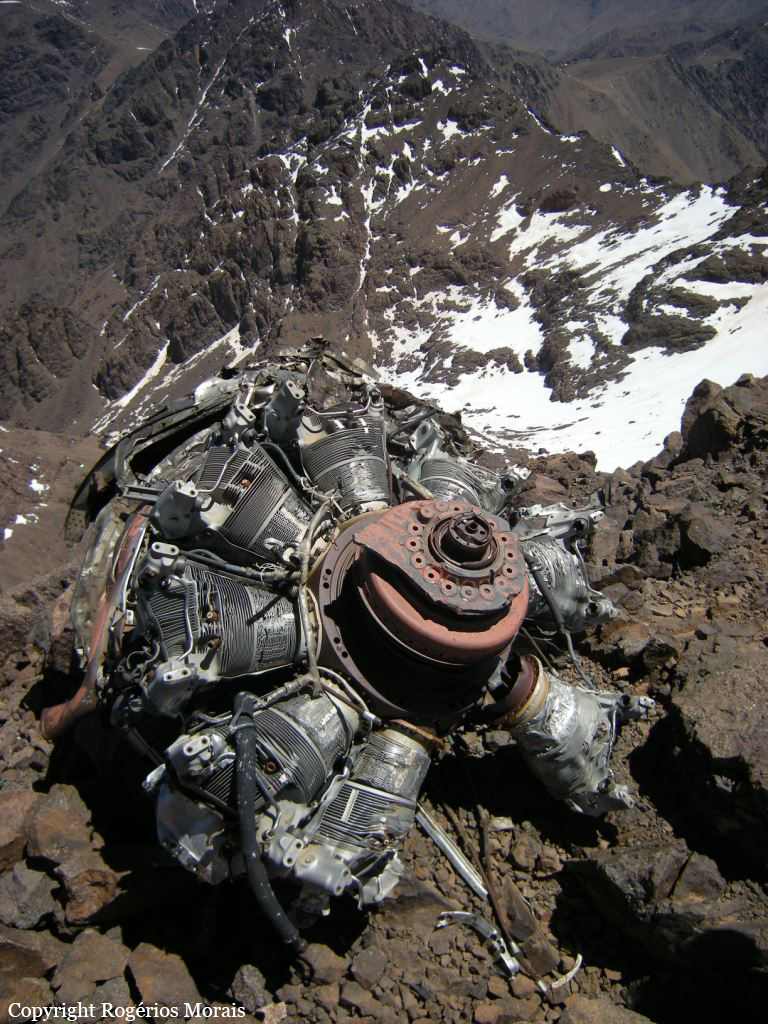
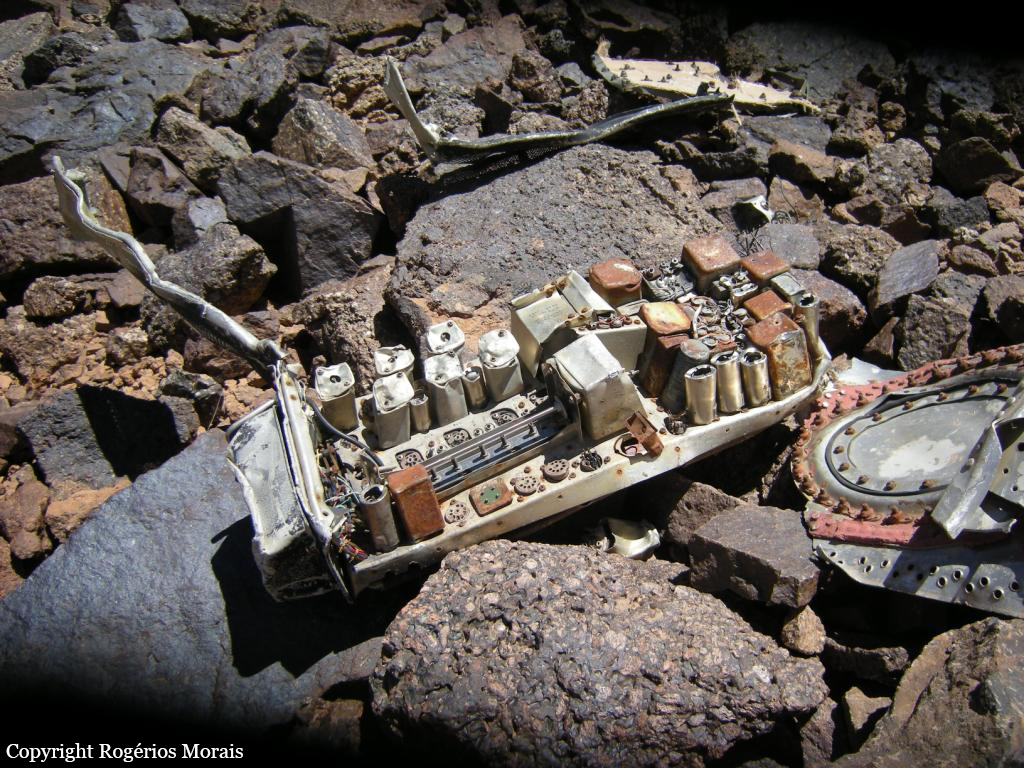
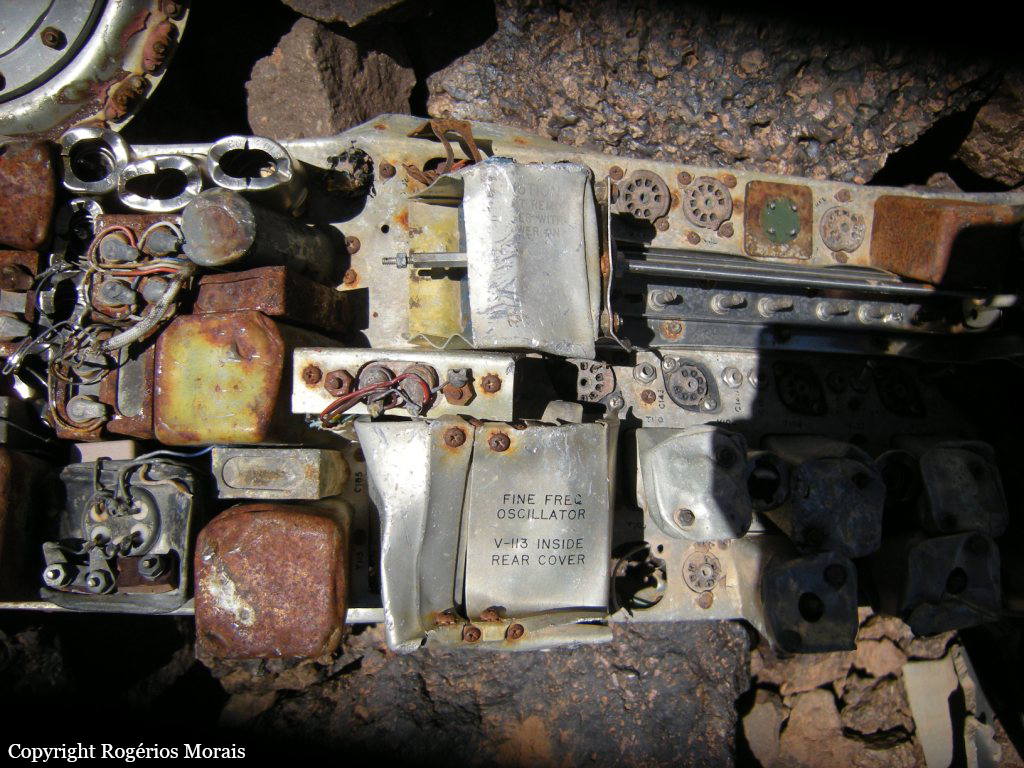

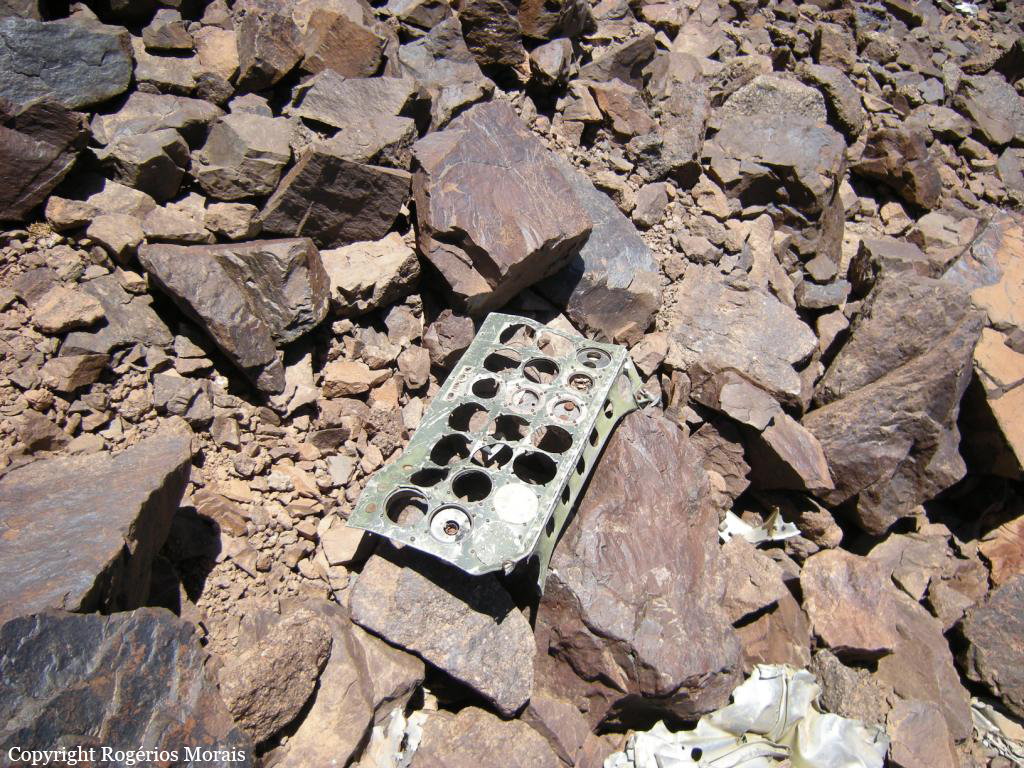
Crash of a Lockheed L-749A Constellation in Araçatuba
Date & Time:
Aug 4, 1969
Registration:
N120A
Survivors:
Yes
MSN:
2617
YOM:
1949
Crew on board:
4
Crew fatalities:
Pax on board:
0
Pax fatalities:
Other fatalities:
Total fatalities:
0
Circumstances:
At liftoff, control was lost. The airplane contacted ground, causing the nose gear to collapse. The airplane slid for several yards before coming to rest on its nose. All four crew members were slightly injured while the aircraft was damaged beyond repair. It was later reported that the flight was illegal, that the takeoff was initiated from an inappropriate terrain and that the aircraft was carrying 15 tons of smuggled cigarettes.
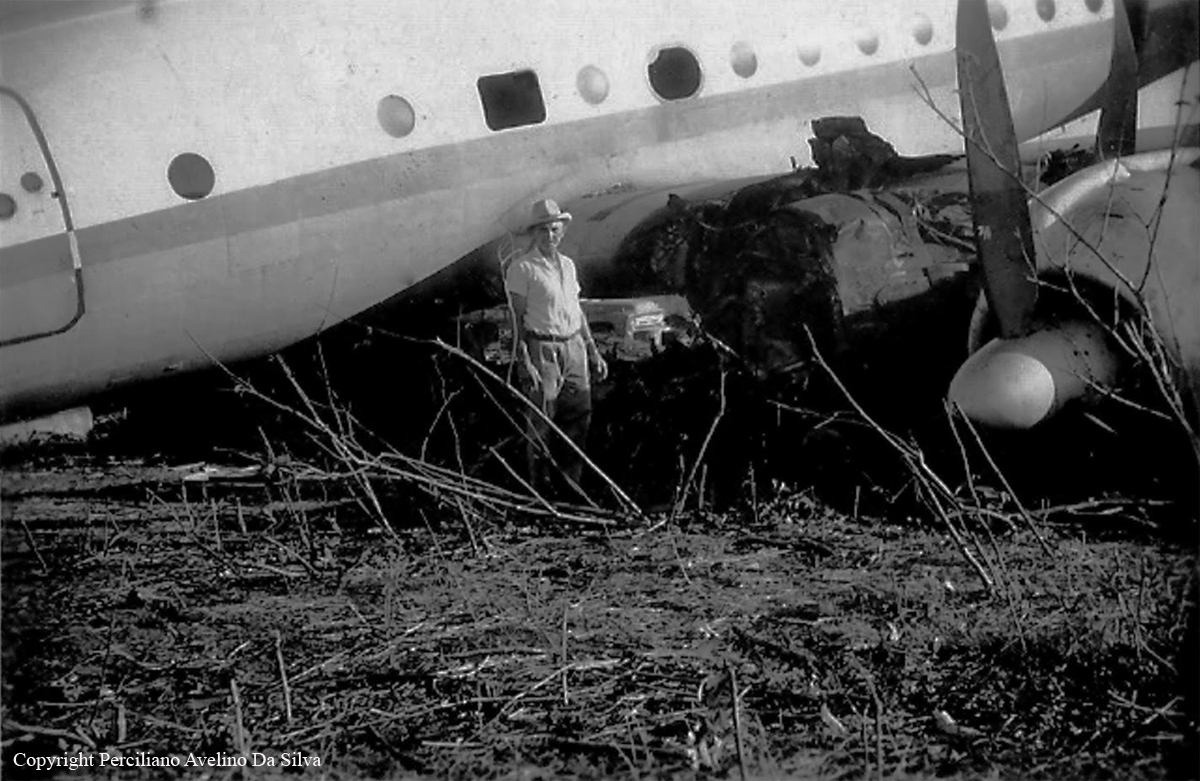
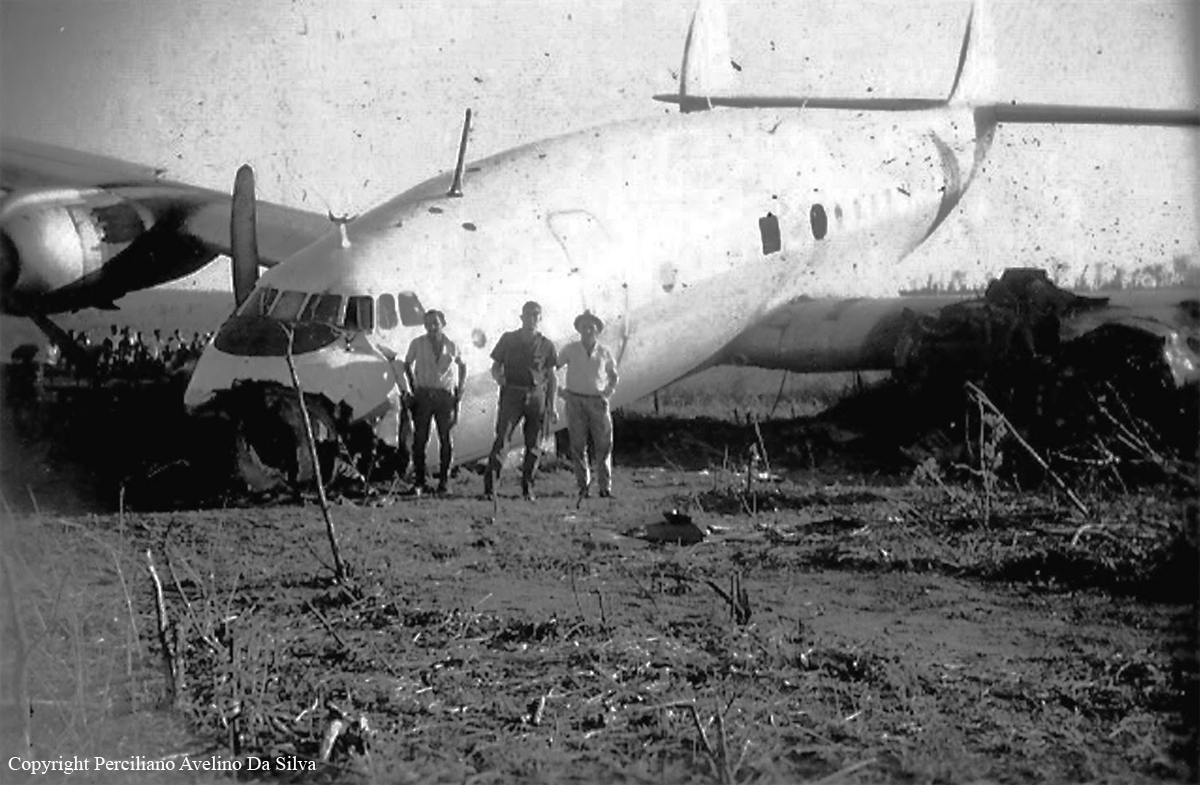
Crash of a Lockheed L-749A Constellation at Tachikawa AFB
Date & Time:
Aug 15, 1966 at 1108 LT
Registration:
N65
Survivors:
Yes
Schedule:
Tachikawa - Tachikawa
MSN:
2648
YOM:
1950
Crew on board:
5
Crew fatalities:
Pax on board:
0
Pax fatalities:
Other fatalities:
Total fatalities:
0
Captain / Total hours on type:
760.00
Circumstances:
The crew was performing a calibration flight at tachikawa AFB, Tokyo. On touchdown, the undercarriage collapsed and the airplane slid for several yards before coming to rest on the runway. While all five crew members were uninjured, the aircraft was damaged beyond repair.
Probable cause:
Lack of familiarity with aircraft on part of the pilot-in-command who failed to use or incorrectly used the miscellaneous equipment. The pilot made an engine out, no boost, landing due to hydraulic leak.
The following findings were reported:
- Improper level off,
- Improper operation of brakes and/or flight controls,
- Flight controls system, boost systems, hydraulic systems, reservoirs, lines, fittings leak or leakage,
- Improper emergency procedures,
- Suspected mechanical discrepancy.
The following findings were reported:
- Improper level off,
- Improper operation of brakes and/or flight controls,
- Flight controls system, boost systems, hydraulic systems, reservoirs, lines, fittings leak or leakage,
- Improper emergency procedures,
- Suspected mechanical discrepancy.
Final Report:
Crash of a Lockheed L-749A Constellation in Kenai
Date & Time:
Jun 6, 1966
Registration:
N86523
Survivors:
Yes
MSN:
2659
YOM:
1950
Crew on board:
4
Crew fatalities:
Pax on board:
0
Pax fatalities:
Other fatalities:
Total fatalities:
0
Circumstances:
Crashed on landing at Kenai Airport for unknown reason. All four crew members escaped uninjured while the aircraft was damaged beyond repair.

Crash of a Lockheed L-749A Constellation near Tomas: 49 killed
Date & Time:
Apr 27, 1966 at 0805 LT
Registration:
OB-R-771
Survivors:
No
Schedule:
Lima - Cuzco
MSN:
2521
YOM:
1947
Flight number:
LP501
Crew on board:
6
Crew fatalities:
Pax on board:
43
Pax fatalities:
Other fatalities:
Total fatalities:
49
Captain / Total hours on type:
1692.00
Copilot / Total hours on type:
875
Aircraft flight hours:
47899
Circumstances:
Flight 501 was a scheduled domestic flight from Lima to Cuzco. It was instructed to take-off from runway 15 and to climb in accordance with No. 2 standard climb procedure, described as follows in the airline's route guide: climb on a heading of 190° until 9 NM southwest of the airport, then on a heading of 120°. The flight took off from Lima-Callao-Jorge Chavez International Airport at 0740LT, 10 minutes after the take-off time indicated on the flight plan. At 0757 hours it contacted Lima radio on the route frequency, 126.9 MCIS, and reported: "Departed Lima- Callao at 1240Z, climbing, estimating Ayacucho at 1337Z. It This was the last message from the aircraft, although Lima and Cuzco repeatedly called the aircraft around 0840 hours. One witness from "Tres Cruces" and two witnesses from the village of San Pedro de Pilas testified that their attention was attracted between 0800 and 0805 hours by an aircraft flying unusually low over San Pedro de Pilas or Tamard; one of the witnesses stated that he had been able to read the "LANSA" inscription on the aircraft. They had heard on several occasions aircraft flying over the area, but these were always seen at much higher altitudes. They all concurred that the aircraft was following the gap between San Pedro de Pilas and Tamard and was flying toward the mountain range below the level of the peaks. The two witnesses from San Pedro de Pilas pointed out positions on the Huamantanga peak where they observed the aircraft evading the mountain by a slight turn to .the left and entering the gap towards the east. They did not see any smoke or signs of fire and one indicated that he was positive that all four engines were operating at the time. The wreckage of the aircraft was located on 28 April on the southeast slopes of Mount Talaula at an elevation of 12 600 ft, 61 NM from Lima-Callao Airport and 29 NM north of the normal route. All 49 occupants have been killed.
Probable cause:
The Commission considered that the probable cause of the accident was pilot error in that he:
a) Incorrectly selected the route to be flown in violation of the provisions established by the Airline for operation of flight 501;
b) Incorrectly calculated the climb performance of the aircraft in relation to its total weight of takeoff. This aircraft type, with a gross takeoff weight of 90,572 lb can't within the 25 minutes of flight after takeoff attain the altitude required to fly over the peaks of the Cordillera which are encountered over the distance that can be covered in the above-indicated time along the route followed by the aircraft. Under such conditions the operation can be performed only by flying the aircraft. Under such conditions the operation can be performed only by flying the aircraft at lower levels between the mountains, in violation of the most elementary principles of flight safety;
c) Erroneously estimated the elevation of the nearby peaks he had to clear along the route. The Commission considered that the critical moment of decision came in the area of the towns of Tamara and Pilas which are separated by a gap running into the Cordillera and joining in the same area another wide gap into which flows the Rio Omas and which leads to the coastal town of Asia. At this point the pilot could still have flown out to the east but this would have entailed continuing on this course, then turning to avoid Mount Huamantanga (12 600 feet), since he was flying below the elevation of the mountain so as to enter the gap and follow it up to the Cordillera even though it would have been flying below the elevation of surrounding peaks. The Tamara and Pilas gap, the entrance to which is in the area of the above mentioned villages, at a rather low elevation, is about 5 nm wide along its entire length up to the Cordillera, rises very steeply until it reaches elevations of more than 14 000 feet, which could not be cleared by the subject aircraft, considering its weight, the climb characteristics of the aircraft, the time to fly the 5nm length of the gap and the altitude of the aircraft when it entered the gap;
d) In view of the flight experience of the pilot in command, who had completed 112 flights on the 501-502 route, one can only surmise that his judgment was affected by insufficient rest and his particular state of mind as a result of his assignment to perform the flight for which he was not rostered. He may have been further influenced in the selection of the direct route by the perfect weather conditions obtaining at the time;
e) Finally, although there was no evidence of any mechanical failure the Commission could not definitely rule out the possibility of some 'undetermined' factor during the two minutes if flight from San Pedro de Pilas to the point of impact inside the gap. If such was the case, this would have only aggravated the situation, since it was considered that after having entered the Tamara-Pilas gap, the aircraft could not have been cleared the peaks along the route nor come back. In view of this circumstance, it was considered that an 'undetermined factor did not necessarily cause the accident.
a) Incorrectly selected the route to be flown in violation of the provisions established by the Airline for operation of flight 501;
b) Incorrectly calculated the climb performance of the aircraft in relation to its total weight of takeoff. This aircraft type, with a gross takeoff weight of 90,572 lb can't within the 25 minutes of flight after takeoff attain the altitude required to fly over the peaks of the Cordillera which are encountered over the distance that can be covered in the above-indicated time along the route followed by the aircraft. Under such conditions the operation can be performed only by flying the aircraft. Under such conditions the operation can be performed only by flying the aircraft at lower levels between the mountains, in violation of the most elementary principles of flight safety;
c) Erroneously estimated the elevation of the nearby peaks he had to clear along the route. The Commission considered that the critical moment of decision came in the area of the towns of Tamara and Pilas which are separated by a gap running into the Cordillera and joining in the same area another wide gap into which flows the Rio Omas and which leads to the coastal town of Asia. At this point the pilot could still have flown out to the east but this would have entailed continuing on this course, then turning to avoid Mount Huamantanga (12 600 feet), since he was flying below the elevation of the mountain so as to enter the gap and follow it up to the Cordillera even though it would have been flying below the elevation of surrounding peaks. The Tamara and Pilas gap, the entrance to which is in the area of the above mentioned villages, at a rather low elevation, is about 5 nm wide along its entire length up to the Cordillera, rises very steeply until it reaches elevations of more than 14 000 feet, which could not be cleared by the subject aircraft, considering its weight, the climb characteristics of the aircraft, the time to fly the 5nm length of the gap and the altitude of the aircraft when it entered the gap;
d) In view of the flight experience of the pilot in command, who had completed 112 flights on the 501-502 route, one can only surmise that his judgment was affected by insufficient rest and his particular state of mind as a result of his assignment to perform the flight for which he was not rostered. He may have been further influenced in the selection of the direct route by the perfect weather conditions obtaining at the time;
e) Finally, although there was no evidence of any mechanical failure the Commission could not definitely rule out the possibility of some 'undetermined' factor during the two minutes if flight from San Pedro de Pilas to the point of impact inside the gap. If such was the case, this would have only aggravated the situation, since it was considered that after having entered the Tamara-Pilas gap, the aircraft could not have been cleared the peaks along the route nor come back. In view of this circumstance, it was considered that an 'undetermined factor did not necessarily cause the accident.
Final Report:
Crash of a Lockheed L-749A-79 Constellation in Addis Ababa: 1 killed
Date & Time:
Oct 2, 1964
Registration:
LX-IOK
Survivors:
Yes
Schedule:
Dublin – Addis-Ababa
MSN:
2562
YOM:
1947
Crew on board:
7
Crew fatalities:
Pax on board:
0
Pax fatalities:
Other fatalities:
Total fatalities:
1
Circumstances:
After touchdown at Addis-Ababa-Bole, following an uneventful cargo flight from Dublin, the airplane went out of control, veered off runway and came to rest. The captain was killed in the accident while six other crew members were injured. It is believed that control was lost while the pilot was attempting a go around manoeuvre for unknown reason. While increasing power on all four engines, they stopped simultaneously, causing the aircraft to crash.





